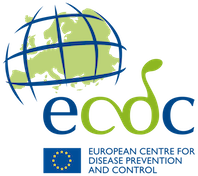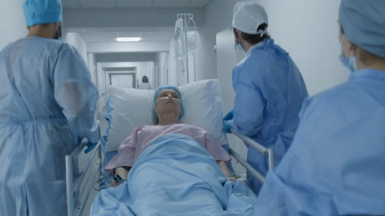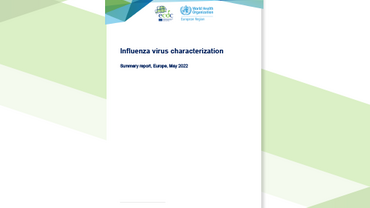Influenza virus characterisation, September 2015
Over the course of the 2014–2015 influenza season, influenza A(H3N2), A(H1N1)pdm09 and type B viruses have co-circulated in EU/EEA countries. To date, 28 EU/EEA countries have shared 1 160 influenza-positive specimens with the WHO Collaborating Centre in London for detailed characterisation. Since the July 2015 report [1], 102 viruses have been characterised antigenically and 60 genetically.
Executive Summary
The 30 A(H1N1)pdm09 viruses characterised antigenically were similar to the vaccine virus A/California/07/2009; all 26 characterised genetically had HA genes belonging to genetic subgroup 6B, as observed worldwide.
All 24 A(H3N2) test viruses characterised by haemagglutination inhibition (HI) assay were poorly recognised (titres at least fourfold reduced compared with the homologous titre) by reference antiserum raised against A/Texas/50/2012, the vaccine virus recommended for use in the 2014–2015 northern hemisphere influenza season. The test viruses were relatively well recognised by antisera raised against cell-culture-propagated A/Switzerland/9715293/2013 and some other cell-culture-propagated cultivars of genetic subgroup 3C.3a viruses; however, they were not recognised well, relative to the homologous titre of the antiserum, by post-infection ferret antiserum raised against the egg-propagated cultivar of A/Switzerland/9715293/2013, the prototype virus recommended for vaccines to be used in the 2015–2016 northern hemisphere influenza season. The 401 (60 since the July 2015 report) viruses, with collection dates after 31 August 2014, characterised genetically this season fell in genetic group/subgroups 3C.3 (46), 3C.3b (98), 3C.3a (41) and 3C.2a (216). Viruses in genetic group 3C.3, excluding those in subgroup 3C.3a, were antigenically similar to reference viruses closely related to A/Texas/50/2012, while those in subgroups 3C.3a and 3C.2a were antigenically distinct.
The three B/Victoria-lineage viruses characterised since the July 2015 report were antigenically similar to B/Brisbane/60/2008 and all fell in genetic clade 1A. All 45 B/Yamagata-lineage test viruses characterised antigenically showed good reactivity with antisera raised against B/Phuket/3073/2013 (the clade 3 virus recommended for the southern hemisphere 2015 and northern hemisphere 2015–16 vaccines). Antisera raised against B/Massachusetts/02/2012 (the clade 2 virus recommended for the 2014–15 northern hemisphere seasonal vaccine) did not recognise test viruses as well as antisera raised against B/Phuket/3073/2013. The 37 viruses characterised genetically all fell in clade 3, represented by B/Phuket/3073/2013.





